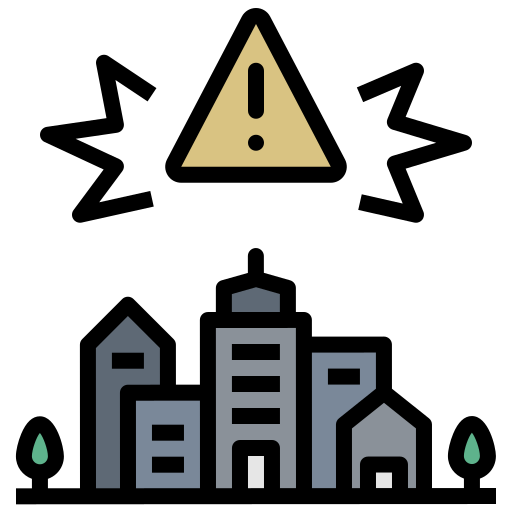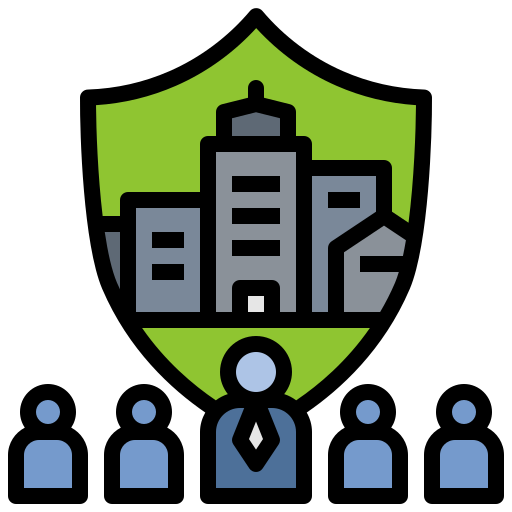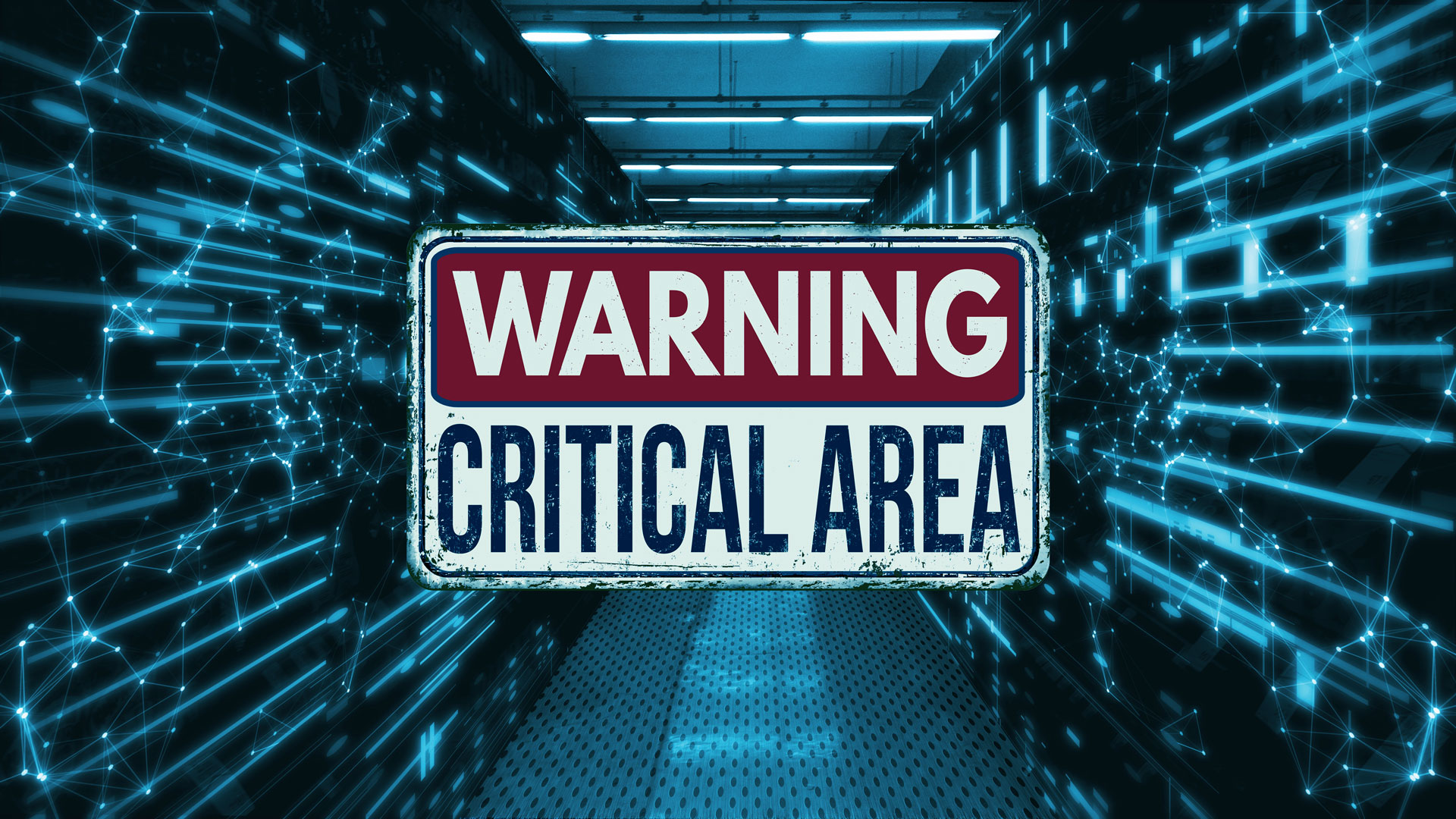
Are data centers critical infrastructure? Y-E-S!
When some people think of essential critical infrastructure, health systems, energy and finance might immediately come to mind. However, all these sectors, including transportation and national security, all rely on up-to-the-second data stored in and accessed through data centers. Data centers link, connect and run systems essential to the functioning of global logistics, government services and major organisations.

The digital world arose out of the power of physical equipment
Many consider digital as a virtual entity, devoid of material. In reality, a major part of the Internet’s core operating infrastructure includes sophisticated physical equipment installed inside globally-connected data centers that must be properly manned and maintained.

Legal recognition of data centers as critical infrastructure
Governments around the world have begun to recognize data centers as a critical infrastructure. For example, the Federal Government of Australia specifically called out data centers as critical infrastructure during the launch of their new cyber security strategy. Legislation is expected to follow that will apply appropriate recognition, certification and standards to this infrastructure to ensure it is kept secure.
This kind of legislation can help ensure that, in the event of a crisis – whether it be a pandemic or a natural disaster – data centers can retain access to power, people and other resources to keep going and keep businesses and governments operational.

Why is the recognition important?
By drawing attention to data centers as critical infrastructures, the hope is that infrastructure operators, regulatory bodies, asset owners and other interested parties will invest in resilient data centers.
The complex, high-security operations of data centers depend upon the skills of multitudes of technical specialists and solution providers managing climate-controlled physical facilities that house the servers and other equipment that keep websites, data and applications running.
This means choosing and hiring the right people to shoulder responsibilities such as providing and overseeing electrical and cooling systems, monitor capacity and workloads, add new equipment when needed, and repair or replace malfunctioning hardware as quickly as possible–all to protect network reliability and security.

A final take
Data centers support the entire global digital economy in myriad ways and facilitates the operation of online economic lifelines. Therefore when it comes to building and maintaining a data center, it is more than just a matter of cost. It is the continuity and resilience measures that can be taken to ensure that the data center survives major failures.





